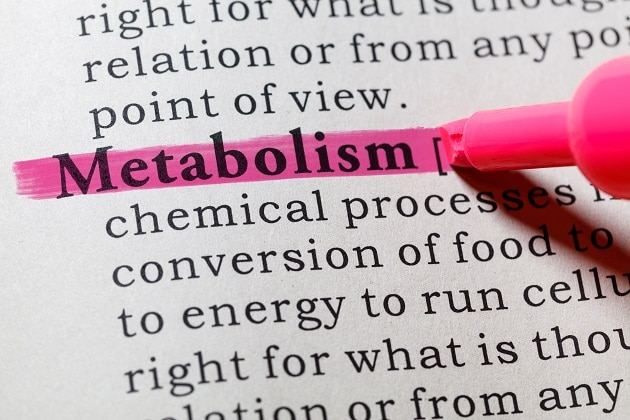
December 28, 2020
Metabolic testing helps in measuring the rate at which the human body burns calories and uses oxygen during rest and while performing different activities. The tests are generally done for medical weight loss or increased exercise performance and are widely available at health clubs, medical clinics, weight loss centers, and other health institutions. If you too are deciding to go for metabolic testing, it helps to first understand how it works in coming up with the data that is considered when you are losing weight or working on improving your fitness level. That said, in this blog post, we discuss all you need to know about medical testing. Read on!
Resting Metabolic Rate (RMR)
Almost all metabolic testing involves measuring the Resting Metabolic Rate (RMR) to get an estimate of how many calories your body is burning while resting. There are two tests done under RMR to help you get optimum results – direct calorimetry test and indirect calorimetry test. Before the tests, you should avoid exercising, eating, or drinking caffeine or any other stimulant for at least 3-4 hours. During the test, you’ll be asked to rest quietly for a short period. Then, you’ll have to lay or sit in a relaxed position and a mask will be given for you to breathe into for 10-20 minutes so as to measure the amount of carbon dioxide that you exhale.
Exercise Testing
Exercise testing or aerobic capacity (VO2 max) testing helps calculate the body’s metabolic rate through exercises. Generally, the test is performed on a treadmill where you have to breathe into a mask while walking. During the test, doctors calculate the metabolic rate by increasing and decreasing the incline and speed of the treadmill to different levels at measured intervals. The test continues until the doctor ends the protocol or you can no longer handle the intensity. It calculates the amount of carbon dioxide inhaled by the body and how efficiently it uses oxygen and burns calories at each level of intensity.
Metabolic Testing for Medical Weight Loss
Weight loss is one of the most common reasons people choose to undergo metabolic testing. Under this type of metabolic testing, people undergo both RMR and exercise testing so as to understand the capacity of their body in burning calories while resting and exercising. The tests are also the most common for people planning to undergo weight-loss surgery. They help weight loss doctors estimate the total number of calories your body can burn in a day and prepare a diet and exercise plan accordingly. The doctor may also estimate a heart rate range that is most effective when your body burns fat. They may also discover the heart rate limit when the body stops burning fat, according to which, they will train you to improve the body’s ability to burn fat more effectively.
Wrap Up
Metabolic testing gives accurate numbers that are meaningful in planning and boosting your commitment to exercise and diet. If you exercise regularly but don’t get the desired results, exercise testing might be right for you. If you have undergone weight loss surgery and wish to reach your desired weight-loss goals, you can go for personalized metabolic testing that can provide you with the accurate adjustments you need to change your body composition and reach your goals. But before you decide to go for the procedure, you must consult with a weight loss doctor to understand your body’s fat-burning capacity and prepare a diet plan accordingly. To know more about metabolic testing and weight loss surgery, look no further than the DFW Bariatrics and General Surgery in Dallas. To discuss your medical weight loss options in Dallas, Texas with a qualified and experienced weight loss doctor, call 469-620-0222 or reach us at [email protected].
